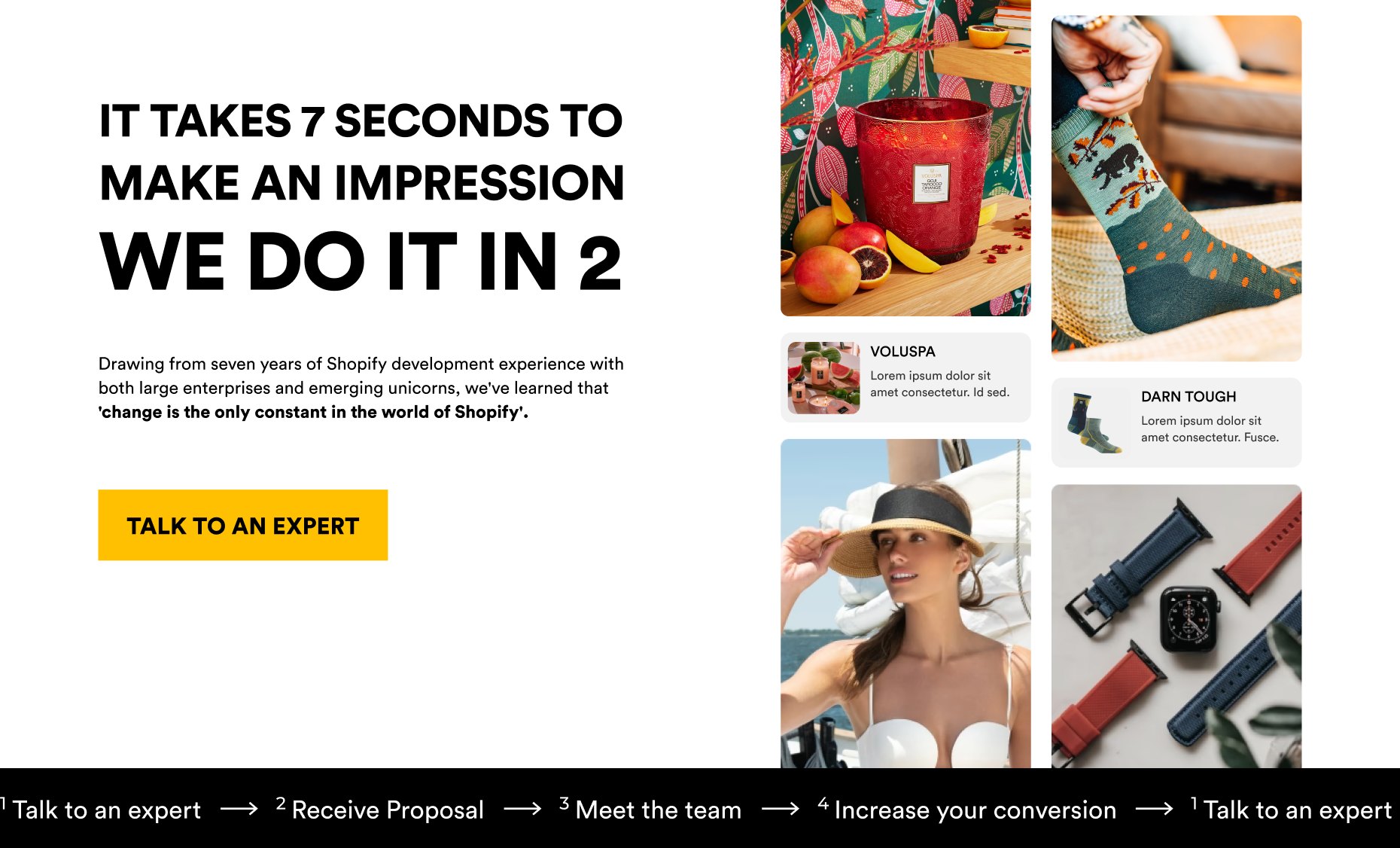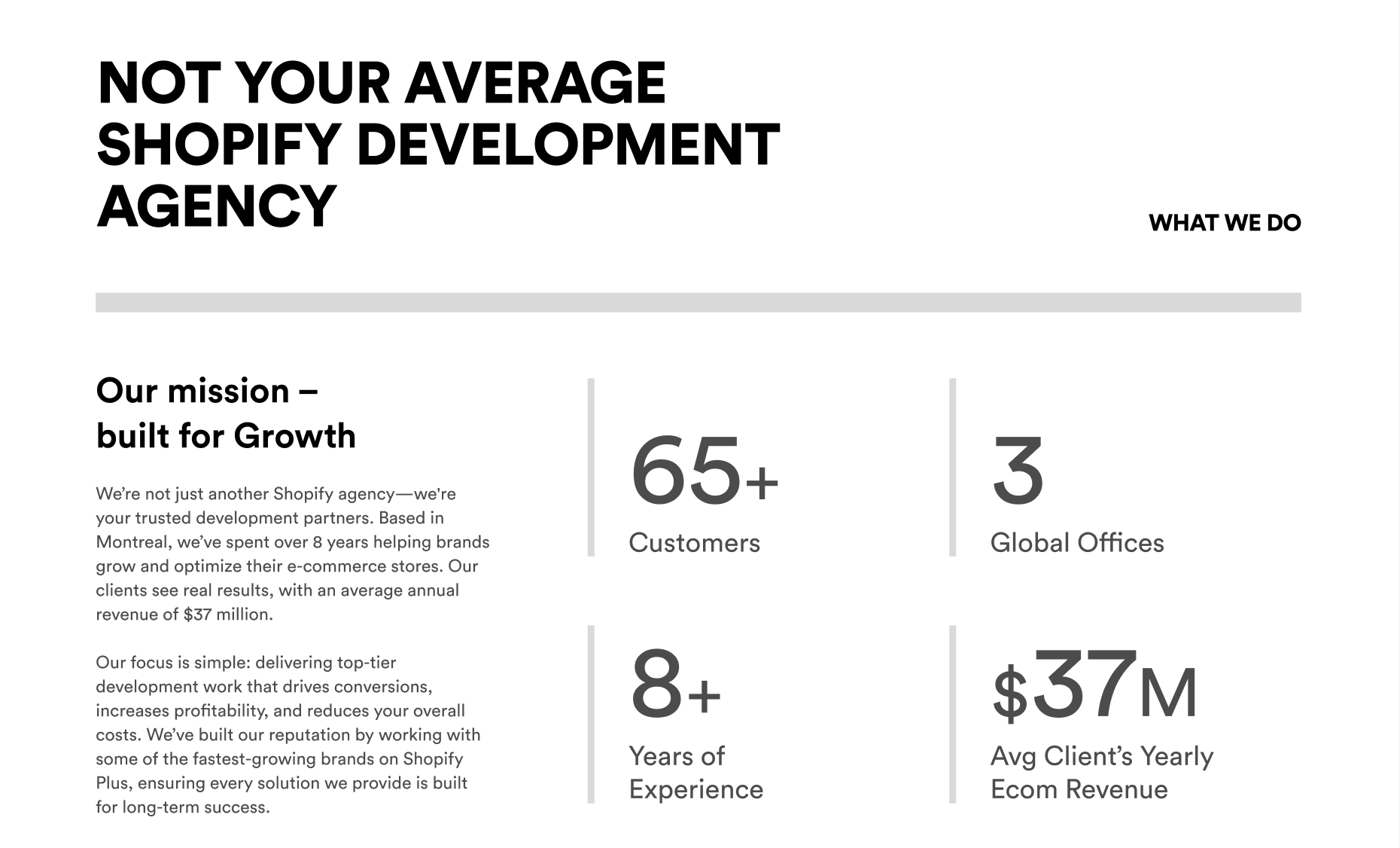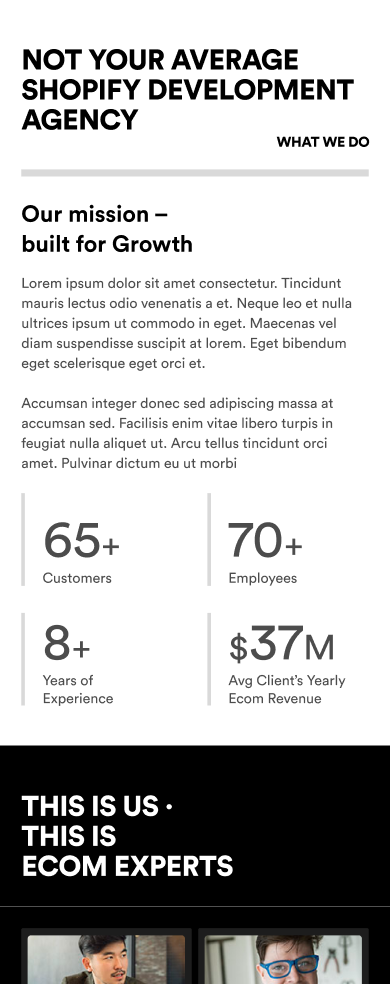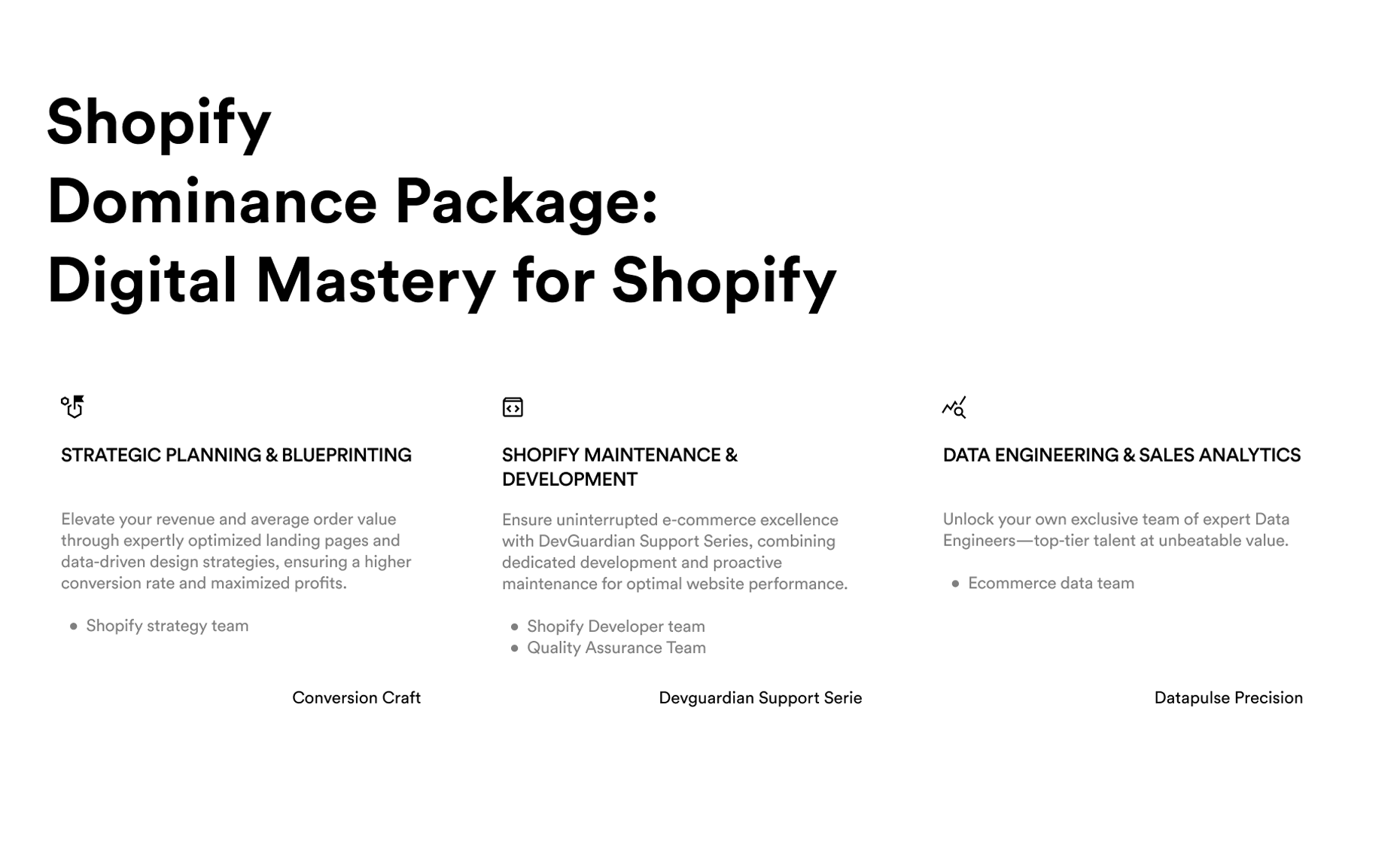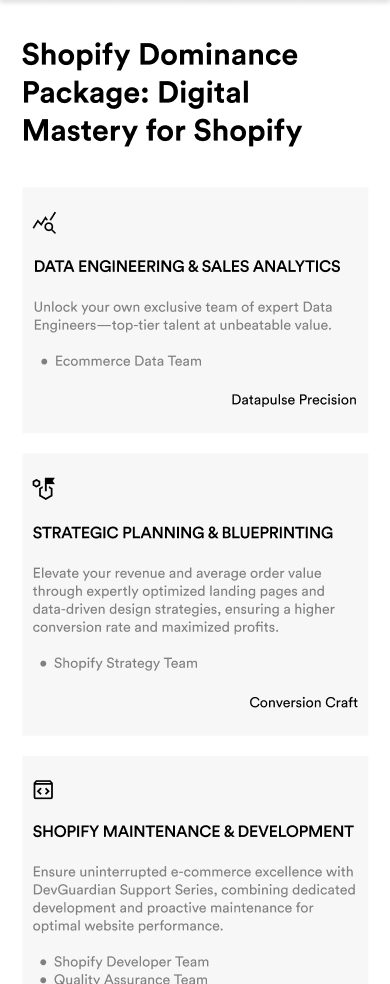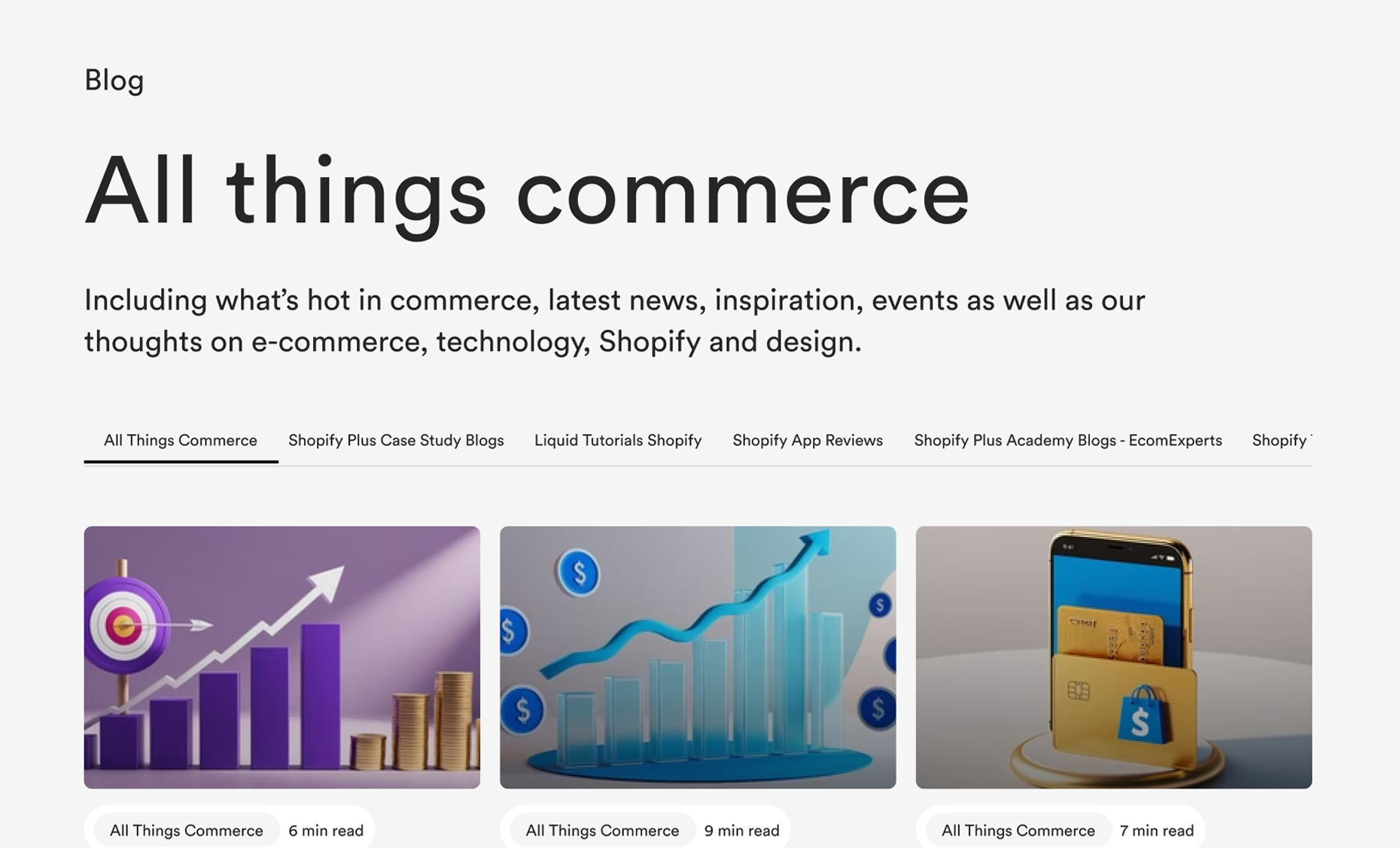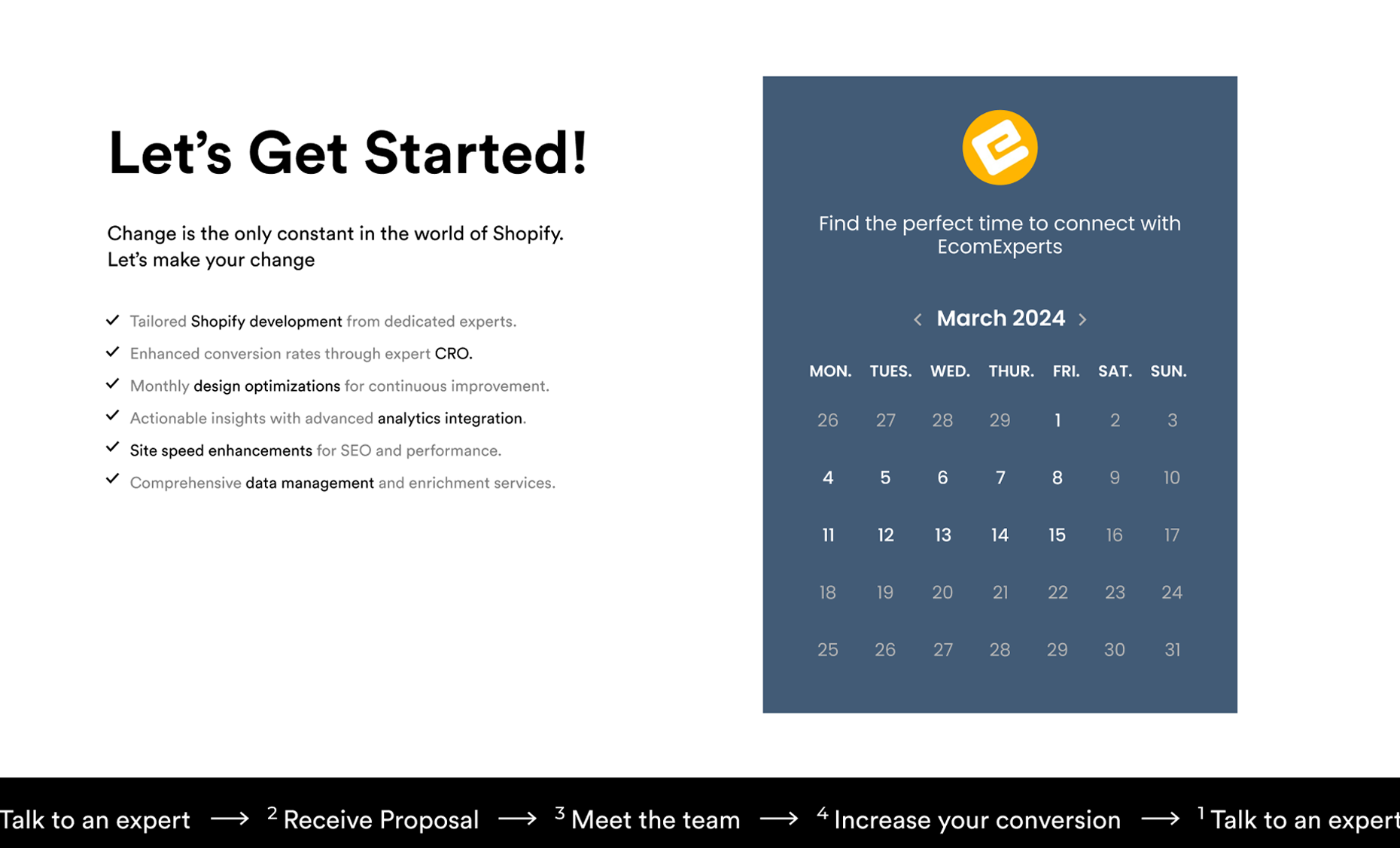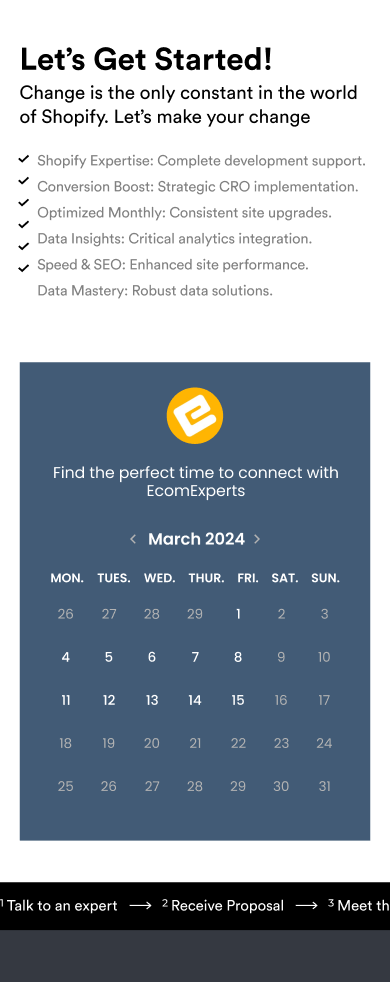Email marketing is one of the most underrated tools in e-commerce.
It’s not just about sending a bunch of generic messages and hoping for the best. Done right, email marketing can be a powerhouse that brings customers back, increases sales, and builds loyalty.
Imagine this—you’ve got a customer who added items to their cart but didn’t check out. Or maybe someone just signed up for your newsletter but hasn’t made a purchase yet.
With the right email strategy, you can re-engage those potential customers, remind them why they loved your store in the first place, and guide them toward hitting “buy now.”
In this blog, we’re breaking down the best e-commerce email strategies and tactics, from creating eye-catching newsletters to recovering abandoned carts.
If you’re ready to level up your email game, keep reading for practical tips to help you turn subscribers into loyal customers.
Essential E-commerce Email Marketing Strategies
When it comes to email marketing, you’ve got to go beyond just sending “Hey, here’s 10% off” emails.
Let’s dive into some powerful strategies that keep customers engaged and build real connections.
- Welcome Series: Your welcome series is your first impression—it’s the digital handshake. This is your chance to set the tone and get new subscribers excited about your brand. Start with a warm “Thanks for joining us!” email, followed by a few emails introducing your top products, brand story, and maybe even a discount to encourage their first purchase. Make it friendly, informative, and a little personal to show them what makes your brand unique.
- Promotional Emails: Everyone loves a good sale, but there’s an art to promotional emails. Instead of bombarding subscribers with constant discounts, create a sense of exclusivity. Try sending VIP-only offers, early access to new arrivals, or even a countdown to a flash sale. Use eye-catching subject lines and clear calls-to-action (CTAs) to make sure they know exactly what to do next.
- Personalized Product Recommendations: Don’t sleep on personalization! Use data from browsing history or past purchases to suggest products that align with each customer’s unique tastes. Think of it like having a personal shopper in their inbox. Not only does this boost engagement, but it also helps customers discover more of what they love, leading to increased sales and happier customers.
- Seasonal & Event-Based Campaigns: Timing is everything, and leveraging seasonal or event-based campaigns can work wonders for engagement. Think holiday sales, back-to-school promos, or even limited-edition releases for specific occasions. Tie the content to what’s relevant in their world at that time, and you’ll see higher open rates and clicks.
These strategies aren’t just about getting emails opened; they’re about making every email count.
With the right approach, your emails can turn into an experience that feels valuable and keeps subscribers coming back for more.
Best Practices for E-commerce Newsletters
A solid newsletter keeps your brand top-of-mind without being pushy.
But here’s the deal: it needs to provide actual value. If subscribers see your name and think “another sales email” you’re doing it wrong.
Let’s look at ways to make your newsletter something they actually look forward to.
- Balance Content and Promotions: Not every email needs to scream “sale!” Mix in valuable content, like product tips, how-tos, or even industry insights. Give readers a reason to open your emails beyond just a discount. Think of it as building a relationship, not just pushing products.
- Find the Right Frequency: This is crucial. Send too many emails, and you risk annoying people. Send too few, and they forget you. Aim to find a sweet spot—whether that’s weekly, biweekly, or monthly—and stick to it. Monitor open and unsubscribe rates to adjust based on your audience’s preferences.
- Design with Mobile in Mind: Over 60% of emails are opened on mobile. Keep your design simple, with clear headlines, concise text, and big, tappable buttons. A clean, mobile-friendly design helps subscribers engage without frustration, making it more likely they’ll click through to your site.
- Eye-Catching Subject Lines: A good subject line is like a headline—it needs to grab attention. Use curiosity, urgency, or even a touch of humor. For example, instead of “New Fall Collection” try “Fall Finds You’ll Fall for—Shop Now!” Short, punchy, and specific works best.
When done right, newsletters can become a powerful tool in your e-commerce arsenal. They’re your direct line to customers who actually want to hear from you—so make it worth their while.
Cart Abandonment Recovery Tactics
Cart abandonment is frustrating, but with the right strategies, you can win those customers back. Every abandoned cart is an opportunity to re-engage someone who was this close to buying.
- Identify Why Carts are Abandoned: It might be high shipping costs, unexpected fees, or a complex checkout process. Knowing the reasons helps you address them in your emails.
- Craft a Persuasive Abandoned Cart Email: Use a friendly tone, remind customers of what they left behind, and consider adding a time-limited discount to create urgency. A simple “Don’t Miss Out!” can be surprisingly effective.
- Send Multiple Follow-ups: Timing is crucial. Start with an email a few hours after abandonment, follow up within a day, and, if needed, send a final reminder with a small incentive. Each email should keep the message fresh, reinforcing why the purchase is worth completing.
- Add Personalized Product Reminders: Use AI-powered recommendations to suggest similar or complementary products in abandoned cart emails. Sometimes, an alternative option can reignite interest and lead to a sale.
Recovering abandoned carts is all about removing friction and reminding customers of what they wanted. A well-timed email (or three) can turn missed sales into conversions.
Building High-Performing Email Campaigns
Creating a successful email campaign is about fine-tuning the details. Here are key tactics to help you get the most out of each email you send.
- A/B Testing: Test everything—from subject lines and send times to CTA buttons. For example, try different phrasings or visuals in your emails to see which resonates most with your audience.
- Segmentation: Don’t treat all customers the same. Group them based on behavior, purchase history, or location. For instance, send exclusive deals to frequent buyers or recommend seasonal products to specific regions.
- Engaging CTAs: Make your call-to-action clear and action-oriented. “Shop Now” or “Claim Your Offer” are straightforward, but adding a little personality can boost clicks. Experiment with something like, “Get It Before It’s Gone!” for a more urgent feel.
The right combination of testing, segmentation, and compelling CTAs will help turn your email campaigns into powerful sales drivers.
Tracking and Optimizing Email Marketing Performance
To get the best results from your email marketing, you need to keep an eye on the numbers. Here’s how to make sure your email campaigns are on the right track.
- Key Metrics to Watch: Focus on open rates, click-through rates, and conversion rates. High open rates mean your subject lines are working, while high click-through and conversion rates indicate strong content and CTAs.
- Use Data to Refine Campaigns: Look at which emails get the most engagement and why. Did a certain subject line or CTA perform better? Apply these insights to future emails for continuous improvement.
- Gather Customer Feedback: Occasionally, ask your subscribers for feedback. Simple surveys can reveal what they enjoy and what they’d like to see more (or less) of in your emails.
Tracking and optimizing your emails is an ongoing process, but it ensures you’re consistently delivering value and keeping your audience engaged.
Make Email Marketing a Revenue-Driving Force for Your E-commerce Brand
E-commerce email marketing is all about delivering the right message at the right time.
When you implement the strategies we’ve covered—like targeted newsletters, abandoned cart recovery, and personalized recommendations—you’re not just boosting sales; you’re creating a brand experience that keeps customers coming back.
Start with a strong foundation: set up a welcome series to greet new subscribers, experiment with personalized product recommendations, and don’t shy away from
A/B testing to understand what resonates. Each campaign you send is a chance to learn, adjust, and improve.
And remember, tracking your metrics isn’t just about numbers; it’s about gaining insights. Use open rates, click-through rates, and feedback to shape future emails, tailoring content to what works best for your audience.
With consistent effort, your emails can evolve from simple sales messages to a vital part of your customer journey. So get out there, start testing, and watch as your email marketing efforts transform your e-commerce success.


